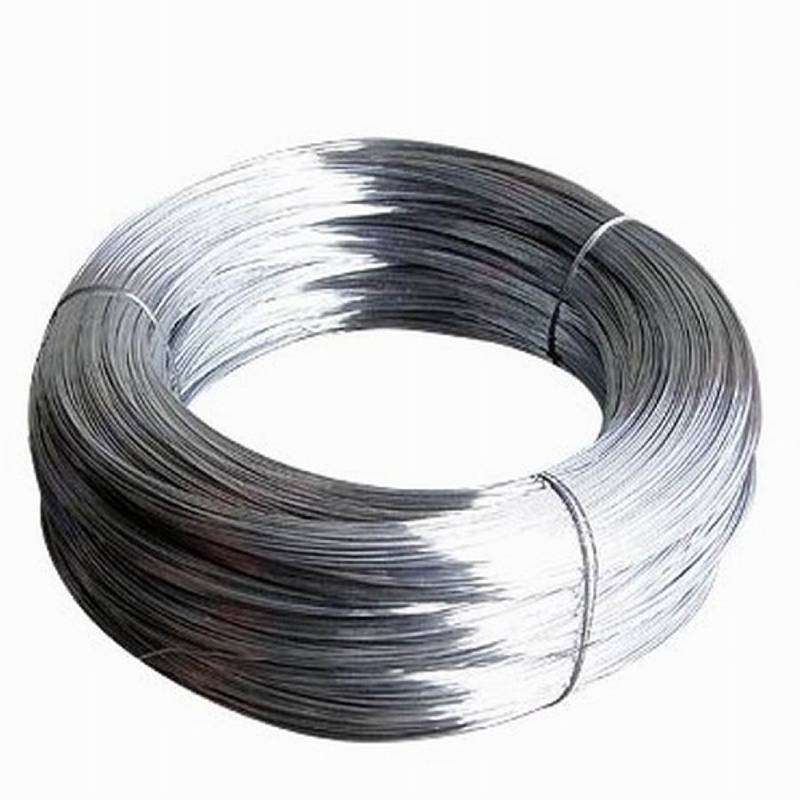
- Mobile Phone
- +8613931874955
- sales@cntcmetal.com
high compression springs
Understanding High Compression Springs Design, Applications, and Innovations
High compression springs are integral components in various mechanical systems, playing a critical role in energy storage, shock absorption, and force generation. These springs are designed to withstand significant loads while maintaining their structural integrity. In this article, we will explore the fundamentals of high compression springs, their applications, and recent innovations in their design and manufacturing.
Basics of High Compression Springs
Compression springs are cylindrical coils that are designed to create a compressive force when compressed. High compression springs, specifically, are engineered to handle larger forces and are often made from high-strength materials such as stainless steel, carbon steel, or alloys that enhance their load-bearing capacity. The design of these springs focuses on maximizing the number of active coils while minimizing the coil diameter, allowing for a higher load capacity in a compact form.
The characteristics of high compression springs are typically defined by their spring constant (the ratio of the force applied to the displacement achieved) and their material properties. The higher the spring constant, the stiffer the spring, which is essential in applications where precision and response time are critical.
Applications of High Compression Springs
High compression springs find applications across diverse industries, including automotive, aerospace, manufacturing, and consumer products. Here are some key areas where they are utilized
1. Automotive In vehicles, high compression springs are used in suspensions, shock absorbers, and engine components. They help maintain ride height, absorb road impacts, and ensure smooth operation in various driving conditions.
2. Aerospace The unique demands of aerospace engineering require springs that are not only strong but also lightweight. High compression springs are used in landing gear mechanisms, control systems, and various actuation devices, ensuring safety and reliability in air travel.
3. Manufacturing In production machinery, these springs provide the necessary force in various assembly processes. They are essential in automated systems, conveyor belts, and robotic applications where precision and durability are paramount.
high compression springs

4. Consumer Products Everyday items such as mattresses, furniture, and appliances often utilize high compression springs. They contribute to comfort, functionality, and longevity by providing needed support and resistance.
Innovations in High Compression Spring Design
Recent advancements in materials science and engineering technology have significantly influenced the design and manufacturing processes of high compression springs. Here are some notable innovations
1. Material Enhancements Modern high-strength materials, including advanced composites and hybrid materials, are being used to create springs that are both lighter and stronger. These materials not only improve performance under extreme conditions but also enhance fatigue resistance, leading to longer service life.
2. Computer-Aided Design (CAD) The development of sophisticated CAD software has revolutionized the spring design process. Engineers can simulate various loading conditions, optimizing spring dimensions and shapes for specific applications, ultimately resulting in better performance and reduced material wastage.
3. Additive Manufacturing 3D printing technology is emerging as a game-changer in the production of custom high compression springs. This approach allows for the creation of complex geometries that traditional manufacturing methods cannot achieve, enabling more efficient use of space and weight while tailoring springs to unique specifications.
4. Coating Technologies Anti-corrosive coatings and surface treatments are now commonplace, providing additional protection to springs operating in harsh environments. These treatments can enhance both the longevity and reliability of high compression springs, making them suitable for even the most demanding applications.
Conclusion
High compression springs serve as vital components in various mechanical systems, contributing to functionality, stability, and performance across multiple industries. As technological advancements continue to shape the landscape of spring design and manufacturing, we can expect to see even more innovative solutions that enhance efficiency and effectiveness. Understanding the principles behind these springs not only allows engineers to create better products but also underscores the importance of these seemingly simple components in our daily lives. Whether in a vehicle, an aircraft, or a household item, high compression springs are indispensable in engineering a world that requires strength and precision.
share:
-
Understanding Wall Ties: Types and ImportanceNewsApr.28,2025
-
Top Products for Your Yard and Signage NeedsNewsApr.28,2025
-
The World of SpringsNewsApr.28,2025
-
Masonry Accessories: Essential for Building Strong FoundationsNewsApr.28,2025
-
Fencing Solutions for Every NeedNewsApr.28,2025
-
A Comprehensive Guide to Iron Wire for Your Construction NeedsNewsApr.28,2025
-
The Versatility of Wire Tension SpringsNewsApr.16,2025



















